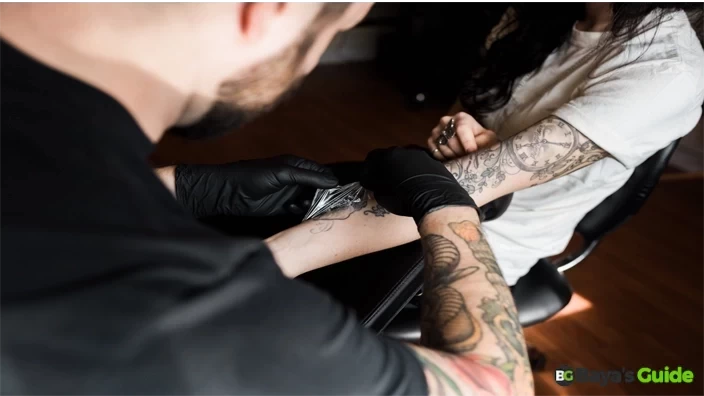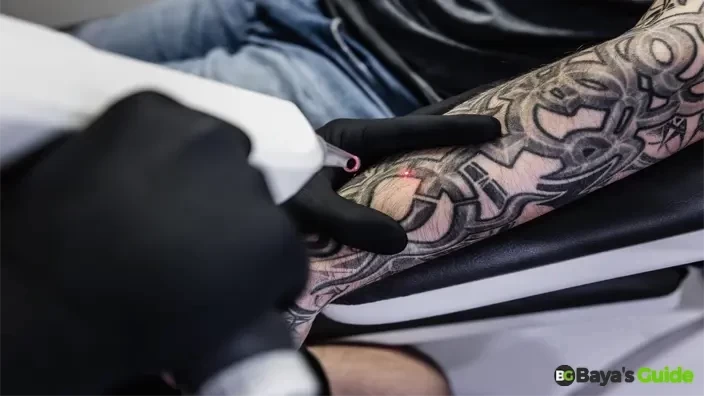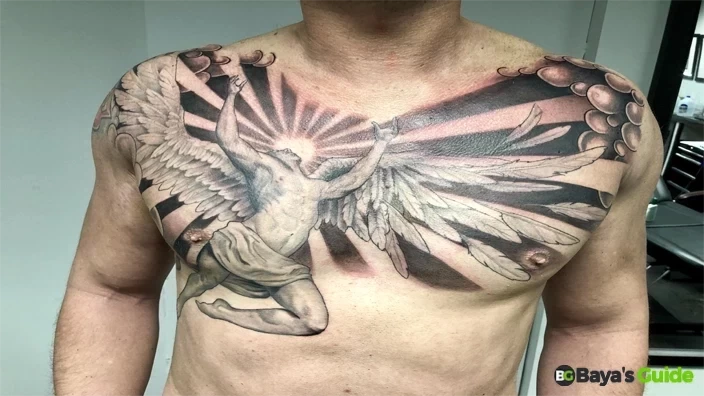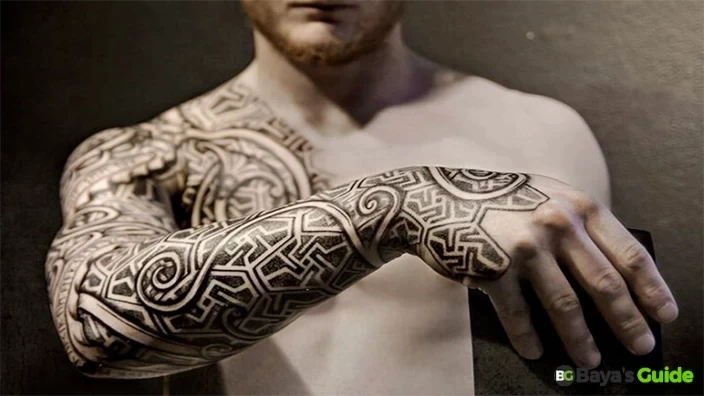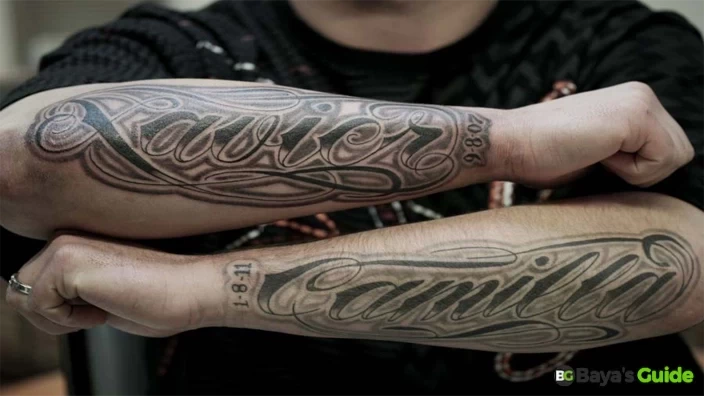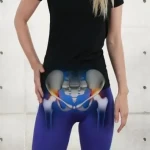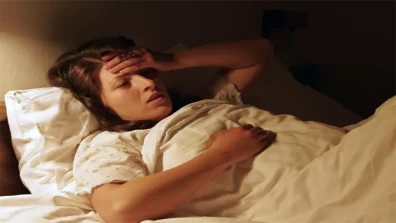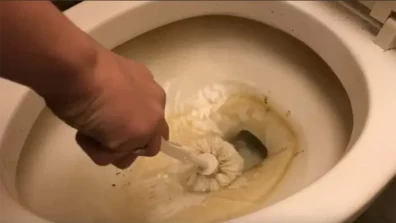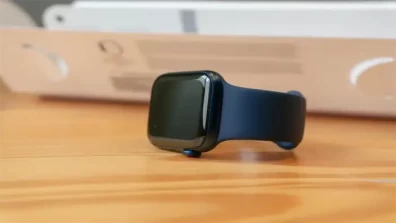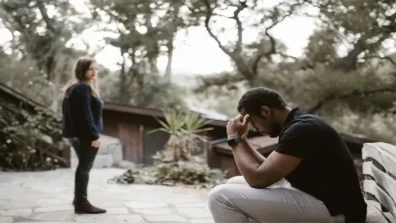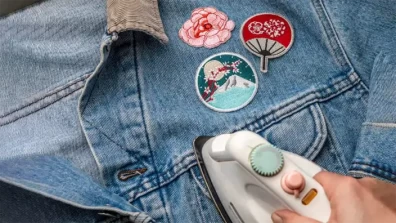"Wow, how come this tattoo is as realistic as it can be?" The tattooing technique is the answer. Shading! That's the whole charm, where a simple drawing becomes a mind-fiddling body art and the magician with skill, depth, and dimension.
Here, you are free to shade outside the lines – go modern and make your body the canvas. It's about incising with small needles to make subtle gradations, vibrant depth-of-field only imagination can create. It’s kind of having a sketchy living in your tattoo machine who boldly and gently plays with color, light, and darkness to make your tattoo come alive.
Whether you are a tatted-up techy or just fancifully curious about the work behind the artistry, shade brings you both front and backstage to the hippest art show ever.
Without knowing basic tattoo shading techniques, the tattoo can look flat and might not appear vibrant or real. If a tattoo is not shaded properly, it can lead to uneven healing, and hence, you will need a refresh. Here, you will see the most effective methods that are used in shading.
Table of Contents
- 3 Effective Methods To Shade Tattoos
- Common Mistakes While Shading A Tattoo
- Frequently Asked Questions
- How Do Beginners Shade A Tattoo?
- Which Is The Best Technique For Shading A Tattoo?
- How Deep Does The Needle Penetrate For Shading A Tattoo?
- Which Tattoo Needle Is Best For Shading?
- What Voltage Must Be Used For Shading?
- How To Color A Tattoo Perfectly?
- Is Shading Painful?
- How Much Time Is Required To Implement Tattoo Shading Techniques?
- Which Pencil Size Should I Use For Shading?
- How Deep Should I Go For Shadding Tattoos?
- Conclusion
3 Effective Methods To Shade Tattoos
Tattoo artists use various methods to shade tattoos. Let’s explore some of the most effective methods that can help you bring the magic out of your tattoos.
1- Packing - The Perfect Technique For Beginners
It is one of the most basic techniques that every artist must master early on. This technique involves moving the tattoo machine in a consistent circular or, more precisely, oval motion. This shading process enables artists to create solid fills in the area where a strong shading or a darker shading is required.
This is one of the simplest approaches and is easy to learn. All you have to do is ensure that the needle is maneuvered in tight oval patterns over the human skin. You must ensure that the pressure on the needle is steady and there is even weight on the needle. The needle must be stabilized so that the pressure on one side isn’t larger than the other.
The more you perfect your art, the clearer your shading will become. Precision will bring you fuller and even spread the ink, and as you perfect your art, there will be less possibility of gaps appearing in your shading.
If you are tackling larger designs, then using the packing technique will require switching to larger mags. It will allow for more expansive coverage as both your work speed and the speed of the machine are moderated to pack the ink deep into the skin.
If you are a beginner, you must resist the temptation to jump between the area. Professionals recommend that you should finish one section and then move to the next.
2- Whip Shading - The Mistique Art Of Needle Depth
Whip shading a tattoo is just as interesting as its name. The art allows the tattoo to produce a darker mark that gracefully transitions into a lighter gradient. The act of using this technique is similar to using a whip. You initiate the contact with the tattoo by pressing the needle firmly into the skin, then drag it slightly, and then conclude the mark by gently flicking the needle away from the skin. So, the whole technique relies on the correct assumption of the needle depth.
At the initial contact stage, the needle is pressed deeper into the skin but as the tattoo artist drags the needle and pulls it away, the needle doesn’t penetrate as deeply as before. Hence, the ink appears lighter as you move away from the initial mark. So, whip shading a tattoo gives you the perfect solution if you want to create the effect of gradual fading from darker tattoos to lighter marks.
However, you must keep in mind not to exert too much pressure while using this technique. That’s why the technique is a bit difficult for beginners and has a learning curve. The mag should penetrate the skin to the perfect depth before you whip it away. Once you have mastered the art of whip shading, you can further advance the technique into various other more specialized techniques like cross-hatching and Stipple Shading.
In Cross Hatching, you will have to rotate the mag to create an even effect in all directions that will seamlessly blend with the skin tone. Stipple Shading is, however, a different variant in which you do not use magnum needles but rather a rounder liner.
You will have to learn to adjust the machine’s voltage and your hand speed in order to correctly perform this technique. You won’t be creating a linear effect but rather placing multiple ink deposits on the tattooed skin that resemble minute dots.
You Might Also Like: How To Clean A Moka Pot
3- Pendulum Shading - The Art Of Precision & Elegance
As you become more skilled in tattoo shading, you will come across the pantheon of techniques known as Pendulum Shading. This technique offers a unique blend of precision and elegance. The core objective of this technique is to produce a darker mark that is surrounded by a softer gradient on both sides. The technique is just like its name: you apply shading through the swinging motion of a needle, just like a pendulum.
During the swing, the needle is centered at its deepest midpoint, and the mark will gradually lighten on both ends, termed the swing’s extremes. This pendulum movement will provide you with the perfect ink gradient shading that is beautifully varied, with the entrance being the darkest and fading into softer tones towards the edges to match the skin tone, creating feathery and soft borders.
As a beginner, you can start practicing with an easier variant of this technique known as Brush Shading. The technique has a similar motion to a pendulum, but instead of a deep touch in the center with the needle, you place a much lighter touch that barely grazes the skin. This technique will help you perfect the art of pendulum shading and create subtle tones that will infuse the skin to create a shading effect that truly stands out.
Common Mistakes While Shading A Tattoo
Just like any other process, tattoo shading comes with its own set of challenges to getting the desired tattoo styles. Even seasoned professionals can run into these pitfalls every now and then. If you want to learn about shading, you must learn about these mistakes and how to overcome them. Some of the most common mistakes made by tattoo artists are:
1- Erratic Circles
When following the packing method, one of the most frequently encountered issues is the formation of overly large circles or ovals. Beginners tend to make this mistake which leads to unwanted gaps in the circles. The solution is to keep your circles tiny and properly shaped which will create the desired mark. Compact and consistent oval shapes will create the perfect shading effect.
2- Rapid Needle Movement
When following the whip or pendulum method, if you move the needle too quickly, it will fail to set ink deeply into the skin and compromise the shading density. These rushed movements do not give the ink enough time to settle in and can lead to inconsistency. You should make slow and controlled movements to allow the ink to settle in properly before you make your move.
3- Misaligned Mags
The angle of the mags is also crucial when shading a tattoo. You must use the correct angle and align the mags properly which in turn will make sure that the needles are aligned properly. When your mags are misaligned, the needles too are not in formation which can cause them to scrape the skin like a razor blade. This will result in patchy tattoos.
4- Misjudging Gray Wash
As a beginner, one common mistake tattoo artists make is hesitant about going too dark. You must remember one of the most important things is that black and gray in shading lightens up around 30% when completely healed, especially in more sensitive areas of the body. So, if you are hesitant with gray wash, you will end up with a much lighter tone of the tattoo than what you originally planned.
Frequently Asked Questions
How Do Beginners Shade A Tattoo?
For beginners, it is important to learn the basics of shading and go with a foundation technique like packing or whip shading. You can practice on pig skin or even use fake skin to develop consistency and better hand movement. Always start with a lighter shade. Also, you should remove the excess ink to get a clear shading.
Which Is The Best Technique For Shading A Tattoo?
The "best" technique often depends on the desired outcome and the artist's preference. However, 'Whip Shading' is widely appreciated for its ability to produce a dark mark that fades into a lighter gradient, providing a dynamic depth to the tattoo.
How Deep Does The Needle Penetrate For Shading A Tattoo?
Shading requires the tattoo needle to penetrate the outer layer of skin, the epidermis, and into the second layer, the dermis. Typically, this is a depth of about 1/16th of an inch. However, the depth can slightly vary based on the area of the body and the desired shading effect.
Which Tattoo Needle Is Best For Shading?
Magnum needles, often abbreviated as "mags," are the most popular choice for shading. They have a broader configuration which allows for the even distribution of ink, making them ideal for filling in larger areas and creating smooth gradients.
What Voltage Must Be Used For Shading?
It is ideal for you to utilize a 3mm stroke. As a professional tattoo artist, your voltage reading should be 8.
How To Color A Tattoo Perfectly?
Your moves should be tight and in oval formations. It is impossible to get a solid color if you're too loose.
Is Shading Painful?
No, it's not very painful. It hurts less than the process of outlining a tattoo.
How Much Time Is Required To Implement Tattoo Shading Techniques?
A fully colored tattoo will never take too much time. Yet, if you have a black-and-white tattoo, it may take hours.
Which Pencil Size Should I Use For Shading?
You can go for 4B and 6B's as they are ideal for shedding.
How Deep Should I Go For Shadding Tattoos?
Artists prefer to insert a needle to a depth of 0.5 mm for ideal tattoo shading.
Conclusion
Tattoo shading is an intricate art that requires proper techniques and methods. As a beginner, you can run into multiple common pitfalls, but with proper practice, anyone can become a pro. The above guide provides detailed insights into methods involved in shading a tattoo.
As you develop your personal skills as a tattoo artist, you will learn to master various tattoo shading styles and use them as per your own method. I hope the guide helps you understand the basics of tattoo shading and how you can be on your way to becoming a great tattoo artist. Know something we don’t? Drop it in the comments section below.

